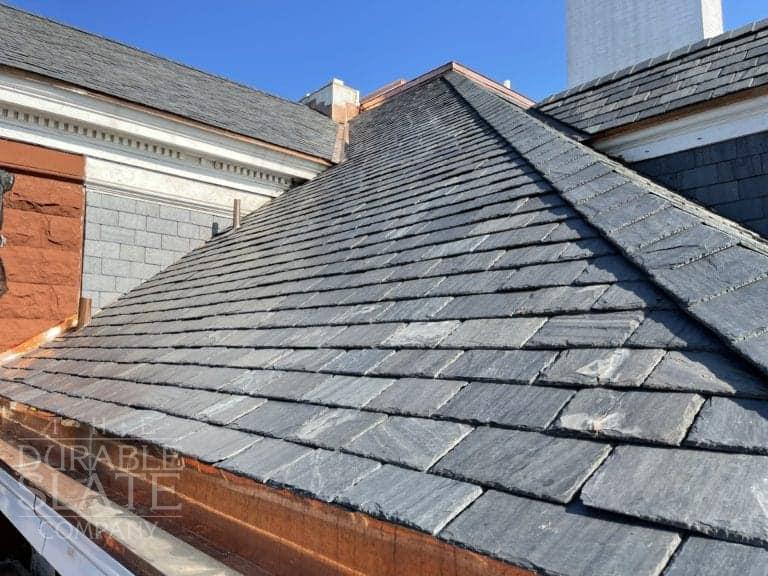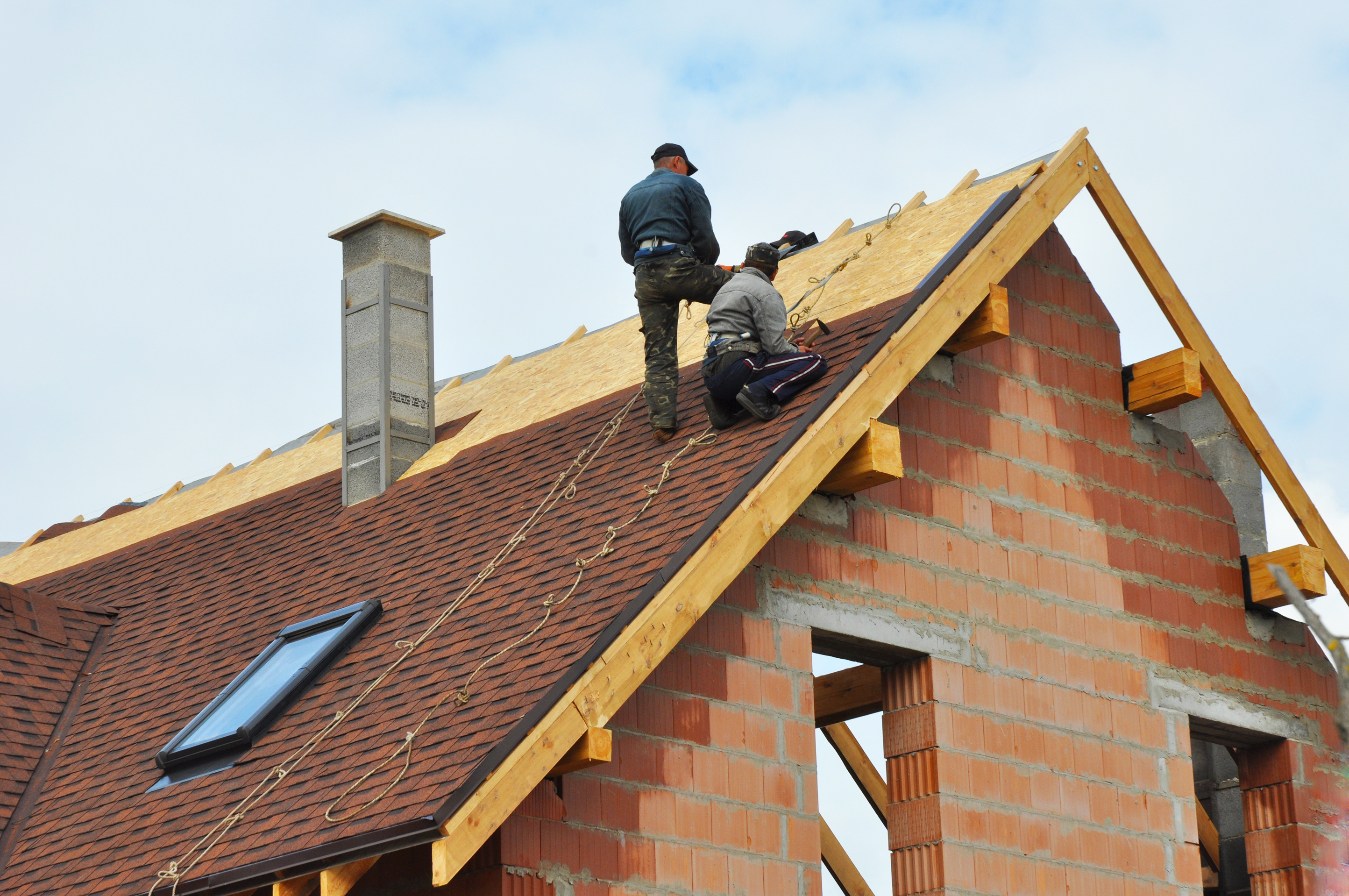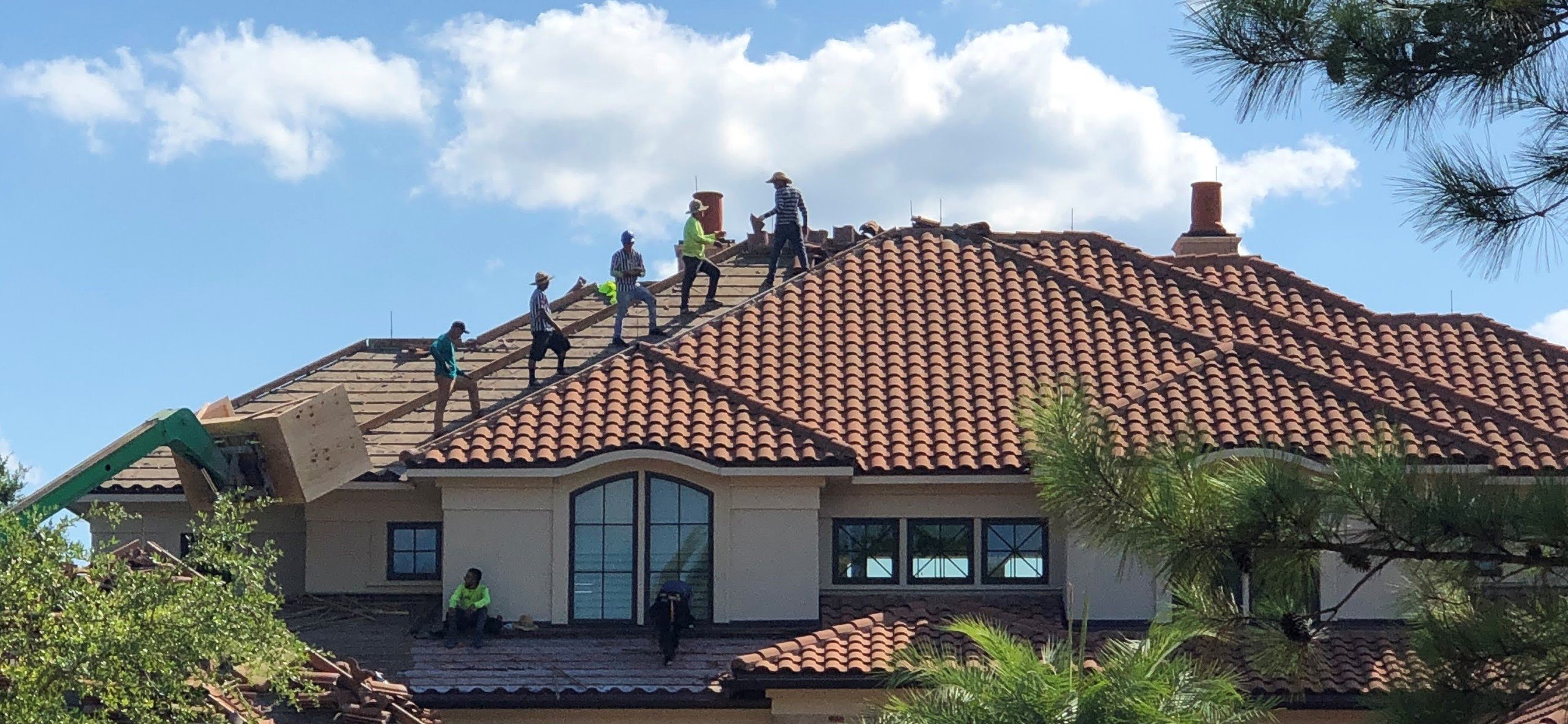Exactly How Gainesville Roofing Companies Can Transform Your Home's Exterior
Exactly How Gainesville Roofing Companies Can Transform Your Home's Exterior
Blog Article
Ideal Practices for Ensuring Correct Roof Ventilation
A well balanced intake and exhaust air vent ratio, commonly 1:300, plays a crucial role, with intake vents ideally placed at the lower side of the roofing for awesome air entrance and exhaust vents at the height for cozy air exit. Maintaining insulation away from vents is critical to avoid air flow limitation.
Understand Air Flow Basics
Properly comprehending air flow fundamentals is vital for ensuring the longevity and effectiveness of roof. Reliable ventilation mitigates moisture build-up and temperature level extremes in the attic, both of which can cause significant structural damages gradually. A well-ventilated roofing assists in protecting against typical problems such as mold development, timber rot, and ice dams, which can jeopardize the integrity of the roof products and the underlying frameworks.
The main objective of ventilation is to help with the movement of air, enabling for a regular exchange between the interior and outside environments. This balance is achieved through a mix of consumption and exhaust vents that function with each other to keep optimum air movement. Consumption vents, generally located along the eaves or soffits, enable fresh air to get in the attic room area, while exhaust vents, commonly positioned at or near the roof covering ridge, make it possible for warm, moist air to run away.
Trick aspects affecting the effectiveness of roofing system air flow include proper positioning, appropriate sizing, and making sure that both consumption and exhaust vents are unblocked. Regular inspection and upkeep are vital to identify potential blockages, damages, or inefficiencies in the ventilation system, thereby protecting the roof's performance and longevity.
Kinds of Roof Vents
Roof vents play a crucial function in keeping effective attic ventilation and, by expansion, the overall health and wellness of the roof covering system. Various types of roofing vents are readily available, each with distinct advantages customized to specific roof requirements.

Soffit vents are installed under the eaves and work in tandem with roof covering vents to make sure a well balanced consumption and exhaust system. By enabling cooler air to enter from below, soffit vents assist in the expulsion of hot air through upper vents. Gable vents, situated on the outside wall surfaces of the attic, deal one more effective remedy, especially in homes with saddleback roofs.
Examine Your Current Ventilation

Following, think about the age and condition of your roof covering products and ventilation components. Older systems might not follow present building regulations or might have deteriorated with time, lowering their performance. Conduct a complete evaluation to identify any type of indicators of deterioration, such as rust, damages, or gaps that could endanger the system's performance.
In addition, determine the attic temperature level and moisture degrees. Heats and humidity can suggest inadequate air flow - roofing companies in gainesville florida. Utilize a hygrometer and thermostat to obtain precise readings, comparing them with outside conditions. Consistent inconsistencies recommend potential problems that require resolving.
Setup Best Practices
Effective installment of roof ventilation systems is paramount for guaranteeing optimum performance and long life. Correct installment begins with recognizing the certain air flow requirements of the roofing and the structure it covers. This involves calculating the right ratio of consumption to exhaust vents, generally adhering to the 1:300 regulation, which states one square foot of ventilation for every 300 square feet Learn More of attic flooring area.

Intake vents need to be installed at the roof's lower edge, often in the soffits, to enable trendy air to enter. Exhaust vents, on the other hand, should be mounted near or at the roofing's peak to promote the exit of warm, wet air.
Seal all vent links thoroughly to stop air leakages and potential water seepage. Use top notch materials and follow producer standards to make certain toughness and effectiveness. Furthermore, integrating ridge vents with baffles can substantially enhance air flow performance by preventing wind-driven rain and snow from getting in the attic room.
Inevitably, exact setup of roofing air flow systems minimizes potential issues such as mold growth, ice dams, and architectural damages, ensuring the roofing's integrity and the building's total health and wellness.
Routine Upkeep Tips
Uniformity in maintenance practices is essential to ensuring the long-term performance of roof covering air flow systems. Regular assessments are crucial, ideally carried out biannually-- in the spring and fall. During these inspections, ensure that vents are free of debris, nests, and other obstructions that could hamper air flow. Examine for any kind of indicators of wetness build-up or mold and mildew, as these can show inappropriate ventilation or leaks (roofing companies in gainesville florida).
Utilize a soft brush or a vacuum cleaner to eliminate dirt and particles from intake and exhaust vents. Be cautious not to harm the air vent displays or louvers during the procedure.
Appropriate insulation is just as essential. Ensure that attic room insulation does not obstruct the vents, as this can drastically restrict airflow. Rearrange or replace it to maintain an efficient barrier. if any kind of insulation has moved or cleared up.
Last but not least, replace any kind of damaged or missing elements without delay. Broken vents, broken tiles, or worn-out blinking can all add to poor ventilation and should be attended to without delay. Regular maintenance guarantees that the roof covering air flow system operates ideally, thereby prolonging the life expectancy of the roof click resources covering itself.
Verdict
Making sure appropriate roof covering air flow is vital for maintaining the efficiency and toughness of a roofing system. Adherence to the 1:300 consumption and exhaust vent proportion, coupled with the critical placement of vents, is crucial.
A balanced intake and exhaust air vent proportion, typically 1:300, plays an essential function, with intake vents ideally positioned at the lower edge of the roofing for awesome air access and exhaust vents at the top for warm air departure. Consumption vents, normally located along visit this site right here the eaves or soffits, permit fresh air to get in the attic room space, while exhaust vents, usually situated at or near the roofing ridge, make it possible for warm, moist air to get away.
Soffit vents are installed under the eaves and work in tandem with roofing vents to make certain a balanced intake and exhaust system. By enabling cooler air to go into from below, soffit vents promote the expulsion of warm air via top vents. Adherence to the 1:300 intake and exhaust air vent ratio, coupled with the tactical placement of vents, is essential.
Report this page